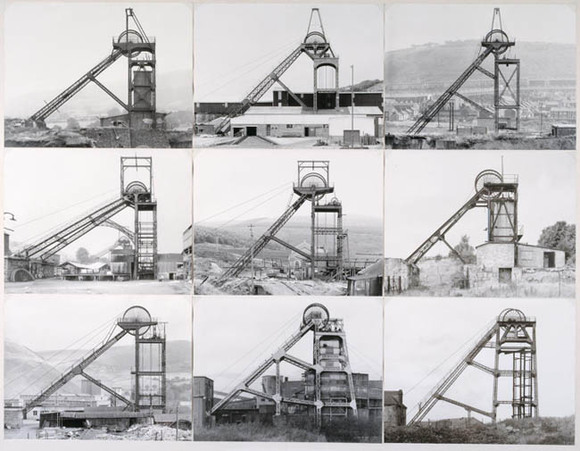My daughter and Knitdarling, Alexis Winslow, has allowed me a guest blog to introduce my special project, the Beaver Scarf.

Of course, it is a riff on the Pussy Hat which was replicated in the many thousands in 2017. (Do you have a Pussy Hat in your hand-made archive?) It's main attribute was that it was pink, readily recognizable and conveyed a message of solidarity and kindred feeling. It was fun and passionate. If you marched in or witnessed a Women's March during that tumultuous year, you know what I'm talking about…
The main concept behind the Beaver Scarf regards the important function beavers play in their environment. They are known as nature's ecosystem engineers by their industrious building of dams that create wetlands allowing many other plants and animals to flourish.
We too are ecosystem engineers who create environments around ourselves: among our family and friends, our schools and workplaces, our neighborhoods and social groups.
At a time when many people have anxiety about climate change and social change, it is easy to feel hopeless about the challenges facing us. But if we feel that our individual efforts can add up to meaningful, positive collective action, perhaps the outlook will improve for all of us. Our everyday choices and interactions determine whether our lives generate happy outcomes for ourselves and others.
In this important year, I am hoping we can do a group project together that conveys that we see ourselves as ecosystem engineers, creating environments in which we ourselves and others can thrive. The Beaver Scarf should express our intentions to live in ways that diminish harm to our environments and also expresses kindness and support to others. In this election year, I believe there are many, many people on all sides who are concerned about the changes in our climate and communities that could be detrimental to others' well-being. I am hoping we can make ourselves visible to each other and to our elected leaders when they see someone wearing a gorgeous green Beaver Scarf.
The main attribute of a Beaver Scarf is that it is green. It can be a simple project or a more elaborate depending on one's skill and inclination. Knitdarling has designed three scarves that are available free for beginner and intermediate knitters. I am hoping that creative crafters will make many different versions of green Beaver Scarves. As a project, it won't take long to make and also gives us the opportunity to share our hand-crafting skills with others.
The pdf linked here explains more about the concept and includes 3 free patterns designed by Alexis. The scarves are Baby Beaver, Busy Beaver and Brave Beaver. All are fun to make and need only one or two skeins of yarn.
Brave Beaver Pattern:

Busy Beaver Pattern:

Baby Beaver Pattern:

One other element: I hope that people try to knit with someone else. Even better, create or find a group of people to do handwork with. At a time when so many of us are spending hours alone online, spending a relaxed time with other people is good for our mental health and well-being. Remember, our goal is to create environments that will help others to thrive.
Please share your version of the Beaver Scarf on Ravelry and Instagram. I hope many of you will participate in this group project, expressing your intentions to live sustainably and supportively in community with your family, friends, neighbors and fellow citizens. Make yourself seen in green: #GreenBeaverScarf


















































